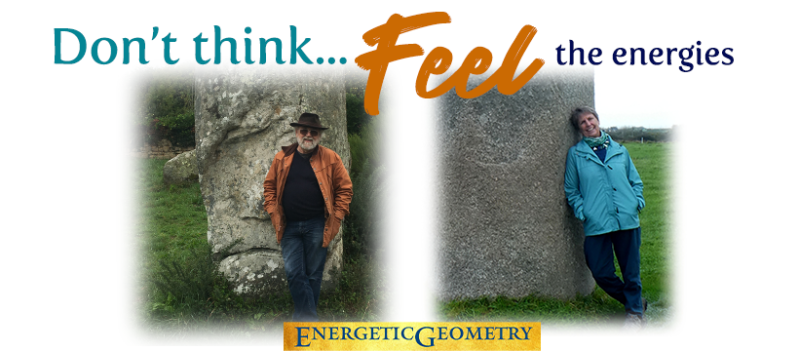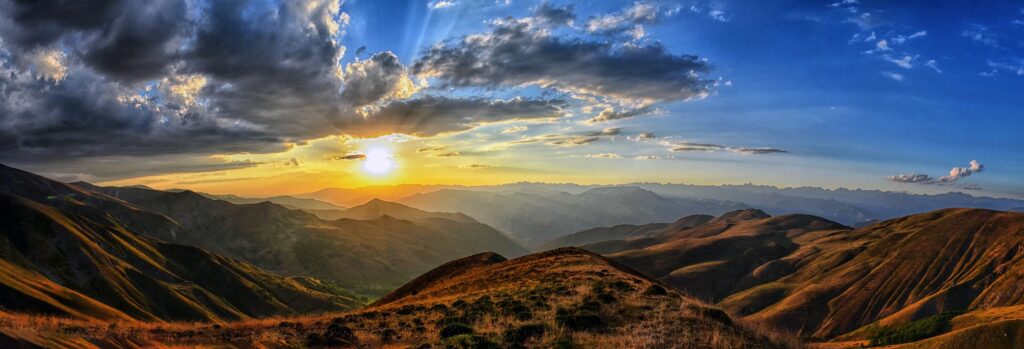
The sun is a beautiful star and is connected with life here on earth.
It is the most important heavenly body in our lives because without the sun, there is no life. Our planet has a strong connection with the sun because it is an ancient part of the sun. Our solar system was created from the spiral movement of gases dancing together until the sun and the planets formed. Because of this relationship, our planet was formed from many of the same elements as the sun.
It is no surprise then that Earthlings revere the sun.
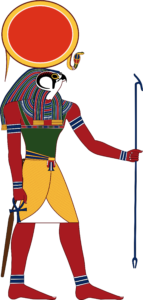
Most civilizations recognized the power of the sun and worshipped it in one form or another. The sun bestows life and light on our planet. It illuminates the darkness and is connected with enlightenment and wisdom. Many gods and goddesses were associated with the sun. Some were sun-gods themselves, others were related to the sun. These gods and goddesses had many attributes of the sun, including being all-seeing, full of wisdom, and justice. There were many cultures where the kings ruled with the power of the sun and based their right to rule by claiming to descend from the sun.
The sun has rhythms throughout the year, and these rhythms are also related to life.
One of the main rhythms that we experience on earth is seasons. The seasons are connected with the position of the sun in relation to the earth. The "turning of the seasons" is related to the solstices and equinoxes. Solstices are a special time during the year when the sun reverses its travel through the sky. The word solstice means “sun stands still” and occurs twice a year, once in December and once in June. For ancient people, this was a significant event during the year, and they employed this still point and reversal in the construction of their sacred structures.
One traditional method was to perfectly position an opening in a sacred structure to the sunrise or sunset of the solstice.
This could be in the form of a long stone passageway like Newgrange, Ireland. As the sun rises on the winter solstice, it shines through a rectangle box above the entrance, down the long passageway to illuminate the carvings at the back of the structure. Other examples of a small opening to let the sunshine into a structure can be found in dolmens in Russia. They have round holes that the solstice sun shines through, this, for example, can be seen in the Wolf Rock Dolmens group in the Lazarevskoye region of Russia. There are many examples of these types of alignments in megalithic structures found all over Europe. You can also discover many dolmens with their entire entrances positioned to capture the light of a solstice sunrise or sunset. One such example is La Roche aux Fées in Brittany, France. It is a massive dolmen, with its entrance perfectly aligned to the light of the winter solstice sunrise.

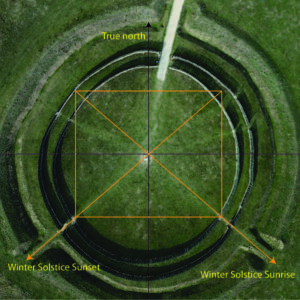
One way ancient people connected to the rhythms of the sun was to build a stone or wooden circle.
Many of these were giant calendars marking the rhythm of the sun and sometimes the moon. Solstice sunrises and sunsets were highlighted and marked by unique stone alignments or openings in the wooden circles. The most famous example is Stonehenge, which is connected to the solstices and to the lunar patterns. An example of a wooden ring is the Goseck Circle in Germany. It was erected around 4900BC (2000 – 3000 years before Stonehenge) and is considered the “earliest” European solar observatory. It consists of several circles of wooden posts with entrances or gaps that let the light of the solstices shine through to the center of the circle.
Another way to connect to the patterns of the sun is to bring this solar energy and pattern to the earth through a solar rectangle.
This quadrilateral is made up of the angles of the solstice sunrises and sunsets. In my tradition of the European Master Builders, it is called a solsticial quadrilateral. The size of this unique rectangle changes with its location on earth. It can be a long rectangle shape when it is close to the equator, or a square shape in the more northern and southern latitudes, such as in Russia. The angles of the sunrises and sunsets are then connected to a grid or net of energy that rises up from the center of the earth. This net is called by several different names, including the natural net, the solar net, and the Peyre net. This combination of solar energy and the earth’s energy in the form of a rectangle creates magic!
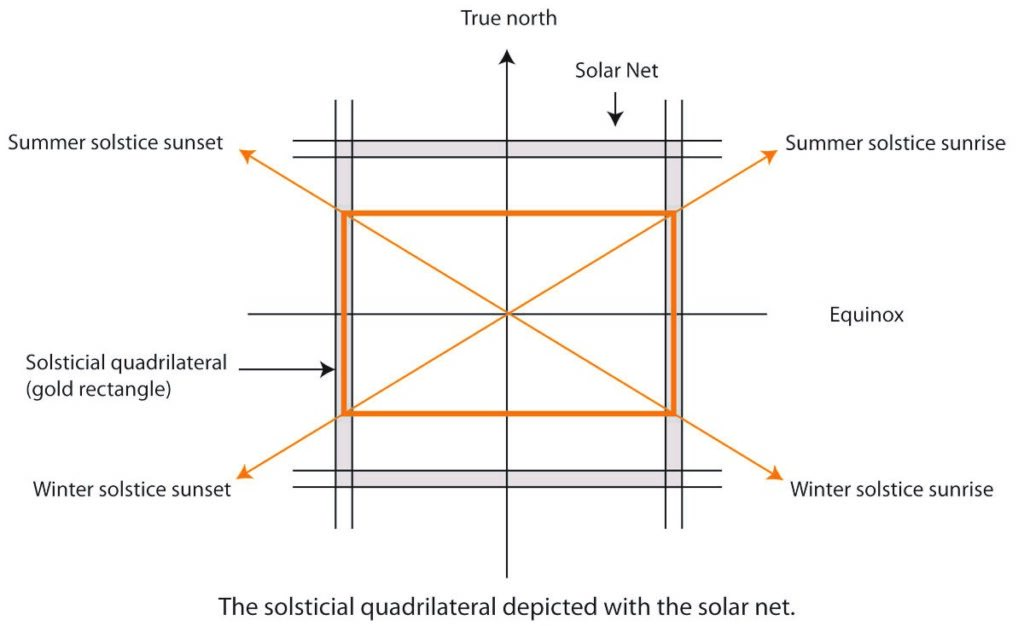
This fascinating quadrilateral has many attributes that our ancestors recognized and took advantage of.
First of all, it is a structure that can be felt in the body. When a sacred site is built using this rectangle as the basis for its measurements, there is harmony with all life that can be felt in the body. The solsticial quadrilateral relaxes the physical body, releases stress, balances the energy of the body, and, most important for a sacred site, connects the people inside more strongly to the earth and the cosmos.
There is also a vortex of energy that forms in the center of the solsticial quadrilateral. This vortex cleans the central channel and opens all the chakras, mostly the 5th chakra. Some people cry with joy when they feel the opening of the 5th chakra as they begin to feel their connection with nature and the cosmos. Because the 5th chakra is connected to spiritual life, the opening of it helps with the development of a person's spiritual life.
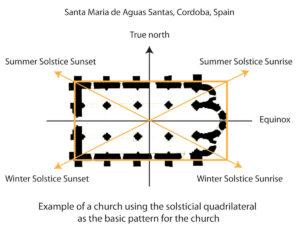
Examples of using the solsticial quadrilateral to build are many.
In fact, all civilizations used the solar quadrilateral and its resulting solar mandala to build their sacred structures. For example, most churches built in Europe before the 19th century used the solsticial quadrilateral of the place as the base for their church dimensions.
The worship and love of the sun are found all over the world and this reverence is found in sacred constructions everywhere.
As we have explored, our ancestors aligned their sacred structures to capture the light of the sun during a few special times during the year. Solstices hold the keys to the secret of how sacred sites were aligned and constructed, and the “sun magic” of the solsticial quadrilateral can even help develop our spirituality in the present as it did in the past.
